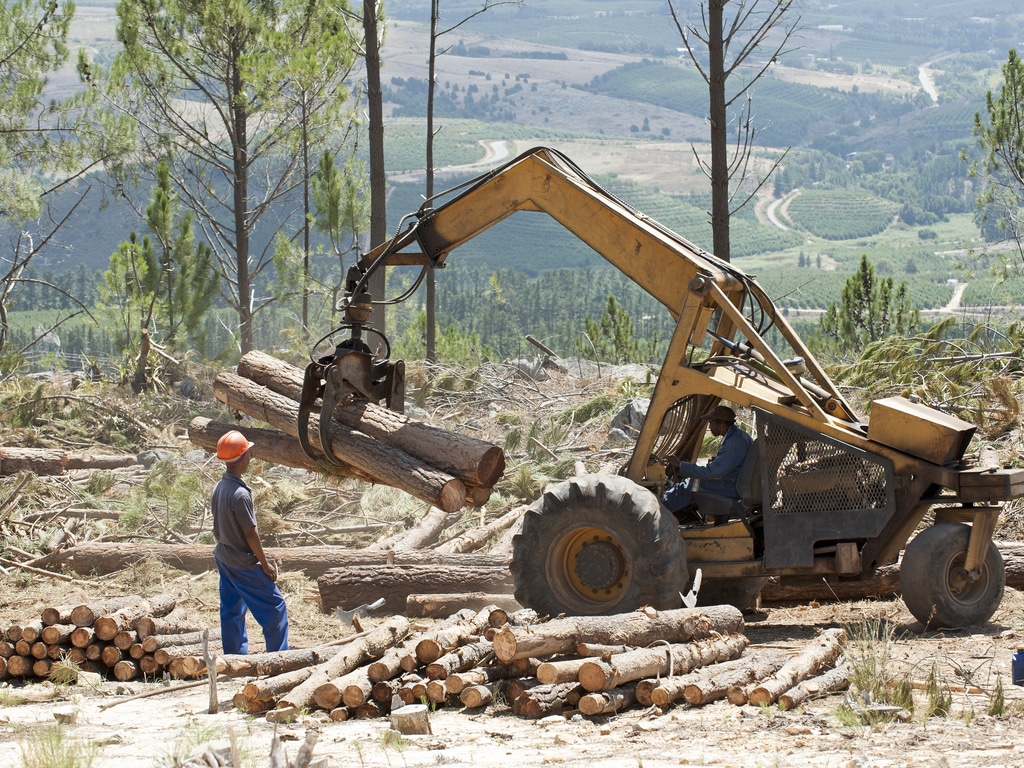Ghana is rapidly losing its forest cover. According to a report by the environmental organisation Rainforest Trust, in 2018 alone, this West African country experienced an alarming 60% reduction in its primary forest. Deforestation is accelerating due to the lack of adequate control over agricultural practices, mining operations, firewood collection and illegal hunting.
According to the international organisation Rainforest Alliance, the survival of Ghana’s primary forest will depend on the digitalisation of monitoring techniques. This is why the NGO recently launched the project “Tech4Communities, Hybrid Community-Based Monitoring System (HCMS)”. The Rainforest Alliance will develop the project in the Sefwi-Wiawso district in western Ghana. This locality has six protected reserves, including Muro, Tano, Suhien, Tano Suraw, Suhuma, Sui River and Krokosua. Within the framework of this project, the NGO will work in collaboration with the Sefwi-Wiawso Municipal Assembly, Olam Ghana and the Sui Landscape Management Board (LMB).
Sustainable cocoa production
The Rainforest Alliance will give farmers the skills to monitor tree planting, collect information on existing trees, and the technology to monitor actions that affect the health of Ghana’s biodiversity. The Tech4Communities, Hybrid Community-Based Monitoring System (HCMS) project is also expected to help strengthen partnerships with organisations operating at multiple scales in the landscape and working with licensed cocoa buying companies (LBCs) in Ghana.
The Rainforest Alliance says that the Tech4Communities, Hybrid Community-Based Monitoring System (HCMS) project will also enable more than 10,000 Ghanaian cocoa farmers (in Sefwi-Wiawso, Akon Ombra and Bodi) to digitize their farming practices to reduce illegal activities around their cocoa beans. For the record, Ghana is the world’s second largest cocoa producer behind Ivory Coast.
Inès Magoum
